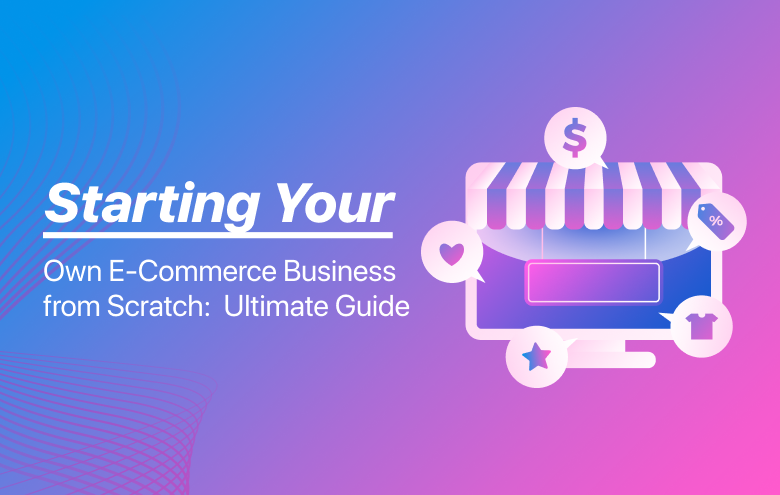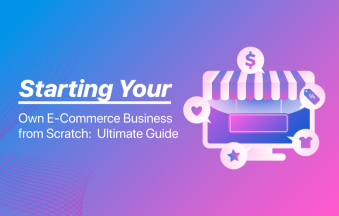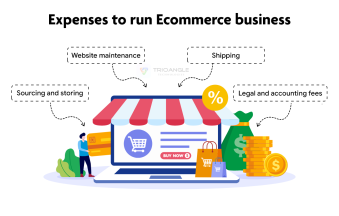
Starting Your Own E-Commerce Business: A Comprehensive Guide
E-commerce has revolutionized the way we buy and sell products. With the increasing trend of online shopping, starting an e-commerce business can be a highly profitable venture. However, building a successful online store requires careful planning, strategy, and execution. In this article, we will explore the essential steps to start your own e-commerce business.
Step 1: Identify Your Niche
The first step in setting up an e-commerce business is choosing the right niche. Conduct thorough market research to identify what products are in demand and evaluate the competition. Consider factors such as target audience, pricing, and profit margins.
Step 2: Create a Business Plan
A well-structured business plan outlines your objectives, strategies, and financial projections. It serves as a roadmap for your business and helps attract potential investors. Your plan should include details on market analysis, business model, marketing strategies, and operational processes.
Step 3: Choose the Right E-Commerce Platform
Selecting the right platform for your online store is crucial. Popular e-commerce platforms include Shopify, WooCommerce, Magento, and BigCommerce. Choose a platform that aligns with your business needs, budget, and technical expertise.
Step 4: Register Your Business and Domain Name
Register your business legally and acquire the necessary licenses and permits. Choose a unique and memorable domain name that reflects your brand identity. Secure a reliable hosting provider to ensure a smooth shopping experience for customers.
Step 5: Design Your Online Store
Your website should be visually appealing, user-friendly, and mobile-responsive. Optimize your store’s navigation, product pages, and checkout process to provide a seamless shopping experience. Incorporate high-quality product images and detailed descriptions to attract customers.
Step 6: Implement Secure Payment Methods
Offer multiple payment options such as credit/debit cards, digital wallets, and cash on delivery. Ensure that your payment gateway is secure to build customer trust and prevent fraud.
Step 7: Develop a Strong Marketing Strategy
Marketing plays a vital role in attracting customers to your online store. Utilize digital marketing techniques such as SEO, social media marketing, email marketing, and influencer collaborations. Leverage paid advertising campaigns to boost brand awareness and increase sales.
Step 8: Optimize for SEO
Search engine optimization (SEO) helps improve your website’s visibility on search engines. Use relevant keywords, optimize product descriptions, and create high-quality content to drive organic traffic to your store.
Step 9: Set Up Efficient Logistics and Fulfillment
Partner with reliable courier services for smooth product delivery. Offer multiple shipping options, including express and standard delivery, to cater to customer preferences. Implement an efficient return and refund policy to enhance customer satisfaction.
Step 10: Provide Excellent Customer Support
Customer service is key to building a loyal customer base. Offer multiple support channels such as live chat, email, and phone support. Address customer queries promptly and provide hassle-free returns and refunds.
Step 11: Monitor Performance and Improve
Regularly analyze your sales data, customer feedback, and website performance. Identify areas of improvement and adapt your strategies to enhance business growth. Use analytics tools to track user behavior and optimize your marketing efforts.
Final Thoughts
Starting an e-commerce business requires dedication and strategic planning. By following these steps, you can establish a successful online store and create a strong brand presence in the digital marketplace. With persistence and innovation, your e-commerce venture can thrive and generate substantial revenue.
Are you ready to launch your online store? Start today and turn your business dreams into reality!









